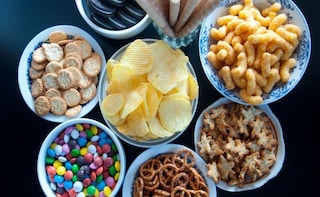As I sat at the Thanksgiving table with extended family, I realized each person has a unique definition of what makes the much-anticipated meal delicious. Some are all about the gravy, others skip the meat and hoard the greens, while a different set piles on every carbohydrate. Each family member exhibits very different taste preferences, even though they share the same genes.
(This story has not been edited by NDTV staff and is auto-generated from a syndicated feed.)
Advertisement
Advertisement
Advertisement
(This story has not been edited by NDTV staff and is auto-generated from a syndicated feed.)
For the latest food news, health tips and recipes, like us on Facebook or follow us on Twitter and YouTube.
Advertisement
